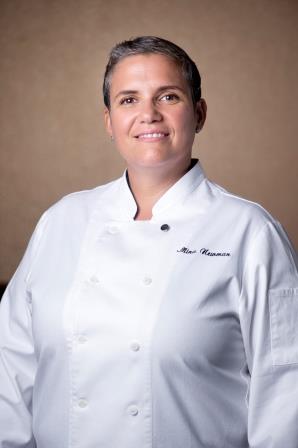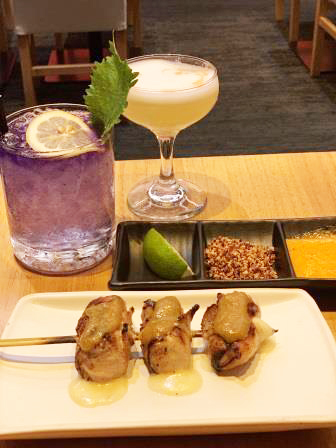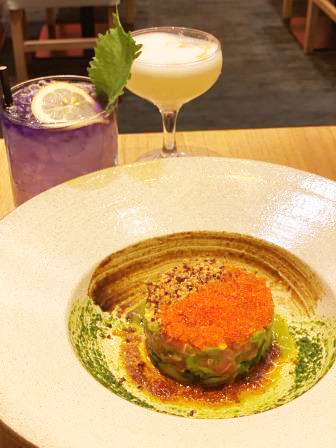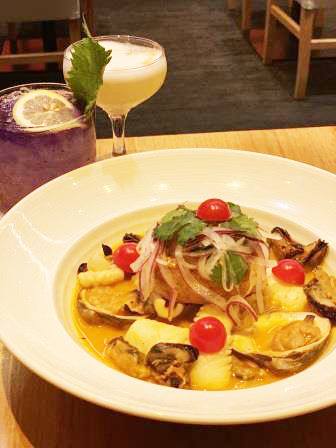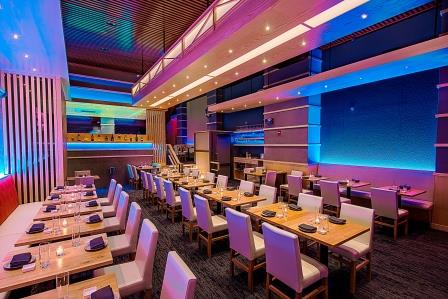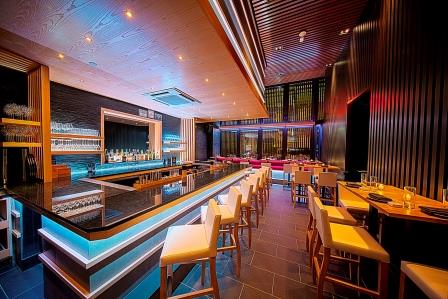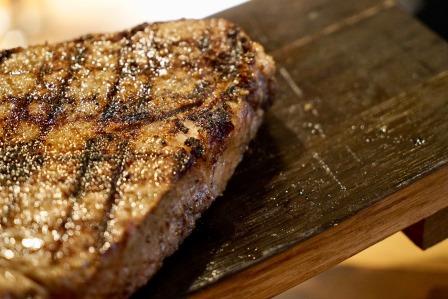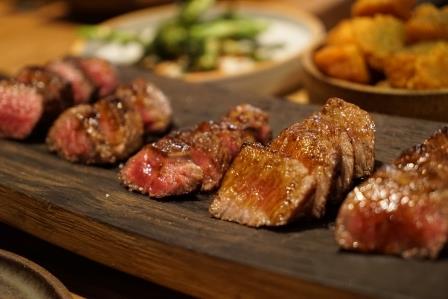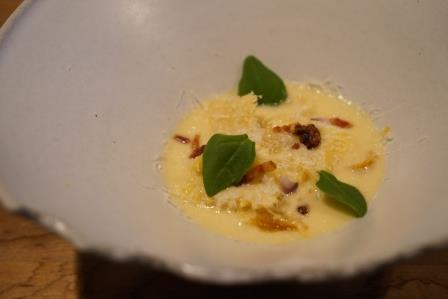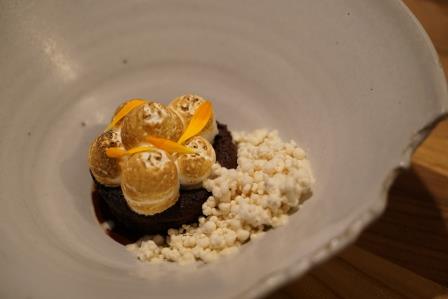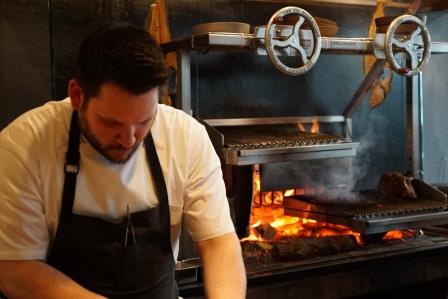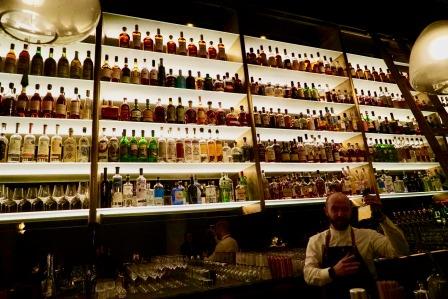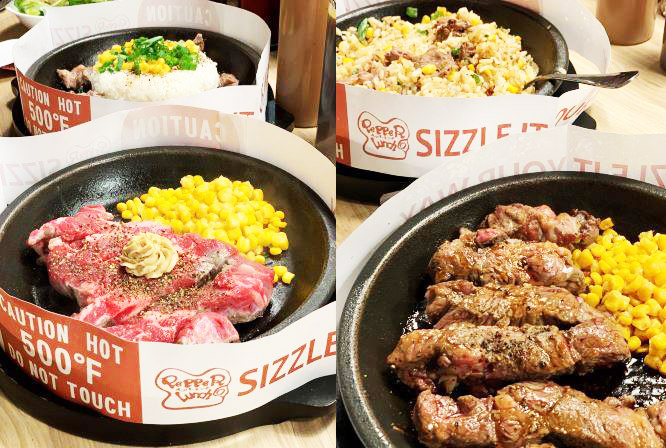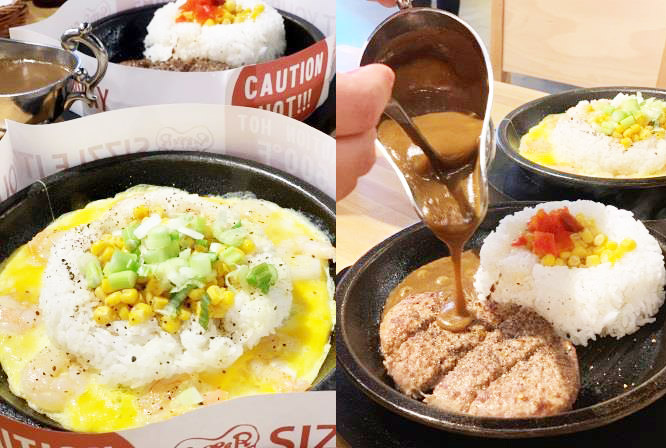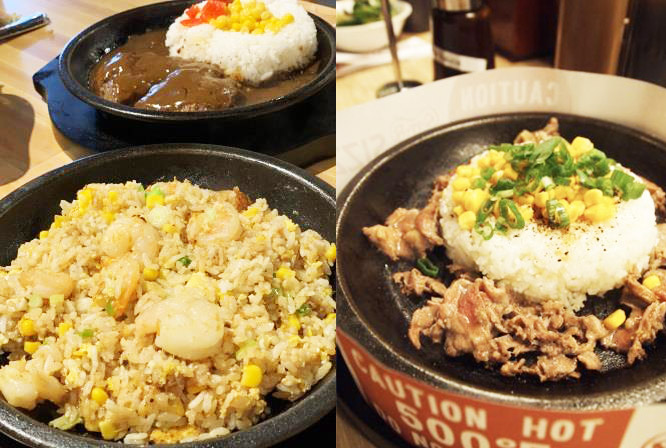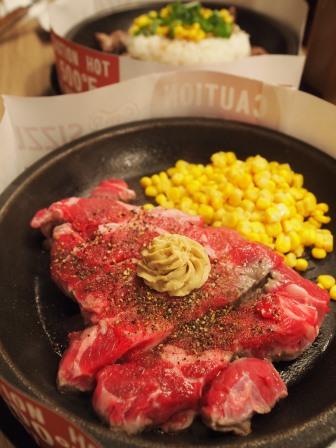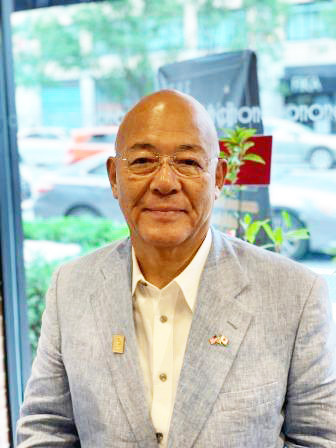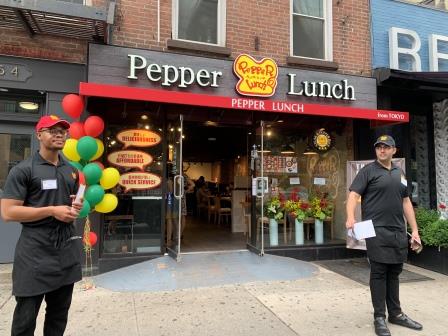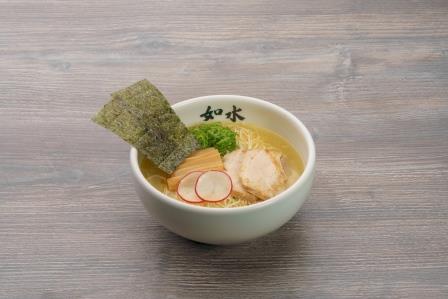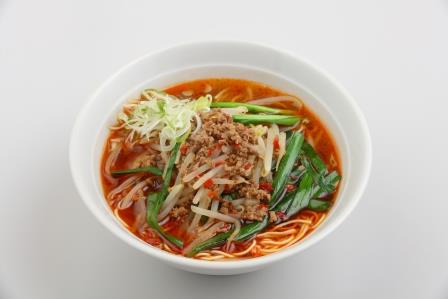"Serving Vegan Sushi & Vegan Japanese Sake"
By Kosuke Kuji
We discussed Nanbu Bijin obtaining the first vegan certification in the world for Japanese sake. Many Japanese nationals don’t know the term vegan, so naturally, vegan restaurants were not widely known in Japan. However, many foreigners visiting Japan ahead of this year’s Rugby World Cup and the 2020 Tokyo Olympics and Paralympics are vegetarians, for whom serving meals that meet their dietary requirements is a challenge, even in the capital Tokyo.
Restaurant “Gonpachi” in West Asabu city, renowned as the place where former Prime Minster Koizumi dined with former President Bush – started serving vegan sushi with vegan Japanese sake.
Vegan sushi was served first before vegan Japanese sake was introduced on September 18 to offer vegan and vegetarian customers a safe combination of authentic Japanese sushi with Japanese sake.
This is a major development since Gonpachi is probably the most renowned restaurant in Japan to foreign visitors. A high ratio of foreign customers instigated the instantaneous availability of vegan sushi with vegan Japanese sake for foreigners both visiting and residing in Japan.
Some data suggests vegan customers spend twice to three times the average customer spending on meals.
In the U.S., Whole Foods is placing great effort into vegan cuisine. How Gonpachi resolves this challenge is greatly anticipated.
「ヴィーガン寿司とヴィーガン酒を日本で」
前回南部美人では世界初のヴィーガン認証を日本酒で取得したお話をしました。
日本人はヴィーガンという言葉すら知らない人が多く、当然日本国内では今までヴィーガン専門のレストランなどはあまりありませんでした。
しかし、今年のラグビーワールドカップ、そして2020年の東京オリンピック・パラリンピックに向けて、多くの外国人が日本にもやってくるようになりました。
その中の一部はヴィーガンやベジタリアンの外国人も多く、そういった人たちが安心して食事をするのが難しい状況でした。それも日本の首都東京ですら。
そんな中、小泉元総理大臣とブッシュ元大統領が会食したことであまりにも有名な西麻布の「権八」レストランで、ヴィーガン寿司とヴィーガン日本酒がスタートしました。
先行してヴィーガン寿司が始まっていましたが、9月18日からはヴィーガン日本酒も加わり、ヴィーガンやベジタリアンの方々も安心して日本の名物である寿司と日本酒を楽しむことが出来るようになりました。
これは大変大きな出来事で、権八は外国人にはおそらく最も有名な日本のレストランです。そして外国人のお客さんの比率も大変高く、そこでヴィーガン寿司とヴィーガン日本酒が当たり前に食べ、飲めるようになった、瞬く間に日本に住む外国人や、インバウンドの外国人に伝わると思います。
ヴィーガンの方々の食事にかける費用は、普通の人の2倍から3倍と言うデータもあります。アメリカではホールフーズなどはヴィーガンに力を入れている関係もあり、これからの権八の挑戦がとても楽しみです。
We discussed Nanbu Bijin obtaining the first vegan certification in the world for Japanese sake. Many Japanese nationals don’t know the term vegan, so naturally, vegan restaurants were not widely known in Japan. However, many foreigners visiting Japan ahead of this year’s Rugby World Cup and the 2020 Tokyo Olympics and Paralympics are vegetarians, for whom serving meals that meet their dietary requirements is a challenge, even in the capital Tokyo.
Restaurant “Gonpachi” in West Asabu city, renowned as the place where former Prime Minster Koizumi dined with former President Bush – started serving vegan sushi with vegan Japanese sake.
Vegan sushi was served first before vegan Japanese sake was introduced on September 18 to offer vegan and vegetarian customers a safe combination of authentic Japanese sushi with Japanese sake.
This is a major development since Gonpachi is probably the most renowned restaurant in Japan to foreign visitors. A high ratio of foreign customers instigated the instantaneous availability of vegan sushi with vegan Japanese sake for foreigners both visiting and residing in Japan.
Some data suggests vegan customers spend twice to three times the average customer spending on meals.
In the U.S., Whole Foods is placing great effort into vegan cuisine. How Gonpachi resolves this challenge is greatly anticipated.
「ヴィーガン寿司とヴィーガン酒を日本で」
前回南部美人では世界初のヴィーガン認証を日本酒で取得したお話をしました。
日本人はヴィーガンという言葉すら知らない人が多く、当然日本国内では今までヴィーガン専門のレストランなどはあまりありませんでした。
しかし、今年のラグビーワールドカップ、そして2020年の東京オリンピック・パラリンピックに向けて、多くの外国人が日本にもやってくるようになりました。
その中の一部はヴィーガンやベジタリアンの外国人も多く、そういった人たちが安心して食事をするのが難しい状況でした。それも日本の首都東京ですら。
そんな中、小泉元総理大臣とブッシュ元大統領が会食したことであまりにも有名な西麻布の「権八」レストランで、ヴィーガン寿司とヴィーガン日本酒がスタートしました。
先行してヴィーガン寿司が始まっていましたが、9月18日からはヴィーガン日本酒も加わり、ヴィーガンやベジタリアンの方々も安心して日本の名物である寿司と日本酒を楽しむことが出来るようになりました。
これは大変大きな出来事で、権八は外国人にはおそらく最も有名な日本のレストランです。そして外国人のお客さんの比率も大変高く、そこでヴィーガン寿司とヴィーガン日本酒が当たり前に食べ、飲めるようになった、瞬く間に日本に住む外国人や、インバウンドの外国人に伝わると思います。
ヴィーガンの方々の食事にかける費用は、普通の人の2倍から3倍と言うデータもあります。アメリカではホールフーズなどはヴィーガンに力を入れている関係もあり、これからの権八の挑戦がとても楽しみです。







